Guide to deck 3: Shipbuiding
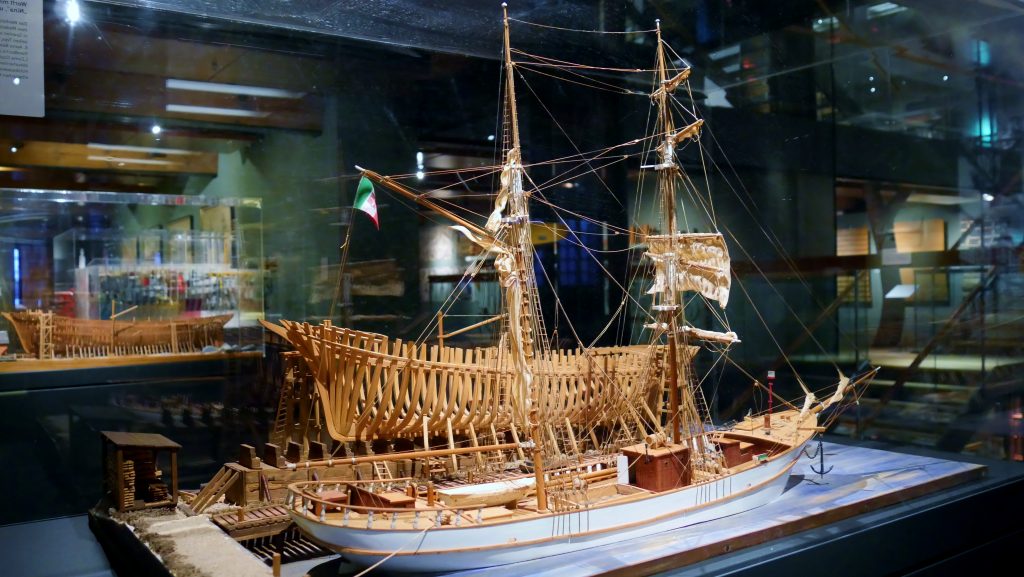
30 – Introduction Deck 3: Shipbuilding
Audioguide:
Deck 3 of the International Maritime Museum is dedicated to the history of shipbuilding.
The gallery on the right side of the entrance area makes it clear that shipbuilding is a fine art. The exhibits are presented like artefacts and show the changes in the building material used in shipbuilding over thousands of years. Shipbuilders have always used slowly renewable raw materials, such as wood. It was only in the recent past that materials such as iron, steel and plastic, which could be produced in any quantity, were added. Shipbuilding is the skilful assembly of materials into a complex structure.
History knows of no other man-made object with such a long tradition as the ship. It goes without saying that the art of shipbuilding has been subject to significant change during this long period.
On all continents and at all times, ships and boats were built with craftsmanship alone. Master shipbuilders transferred their knowledge of the construction and manufacturing techniques of a vessel to their successors. Since the 17th and 18th centuries, the age of science and enlightenment, shipbuilding in particular has been governed by methods based on natural science. From now on, shipyards built on the basis of plans and models that were based on calculations and planning. Our short tour through shipbuilding history also tells about this.
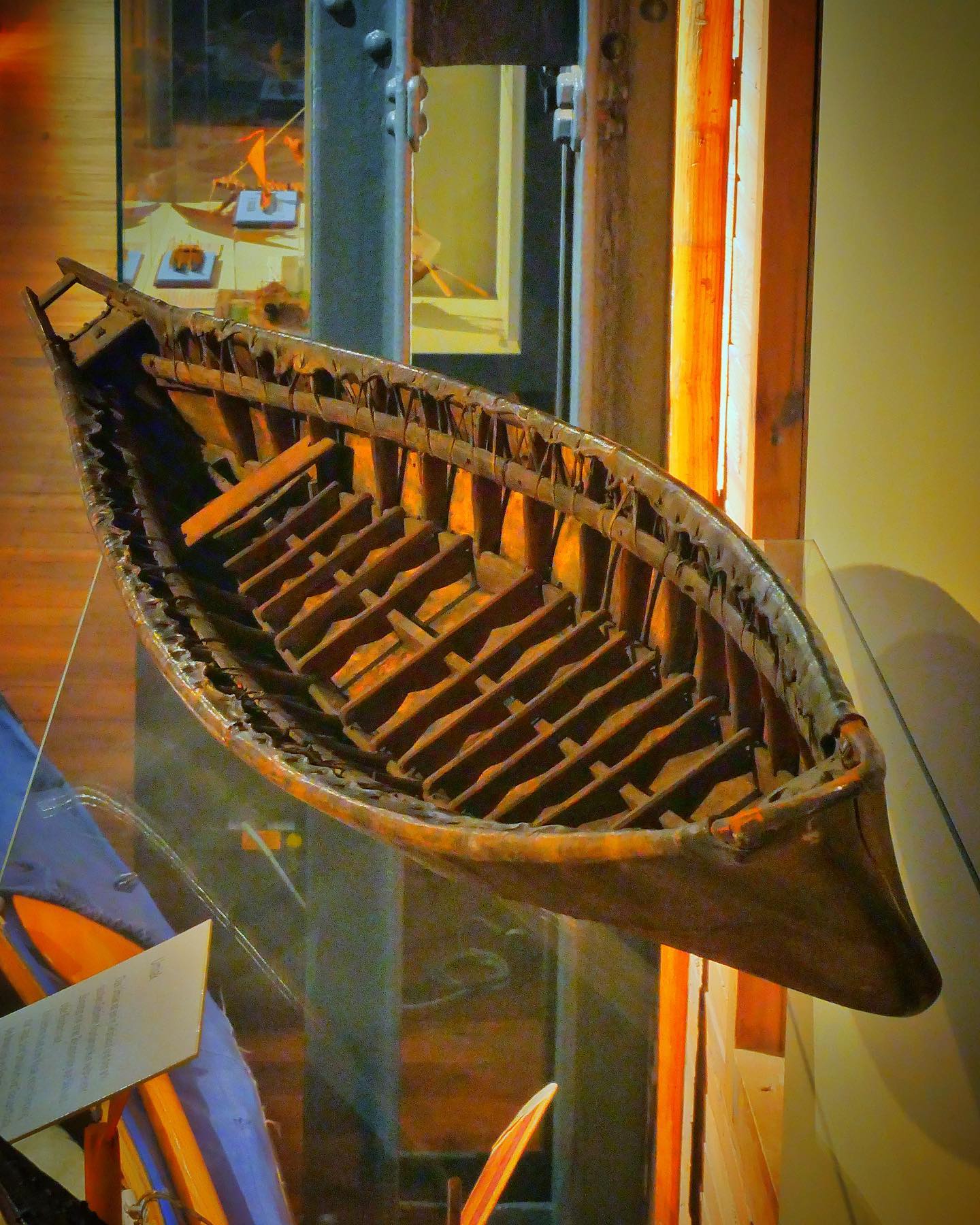
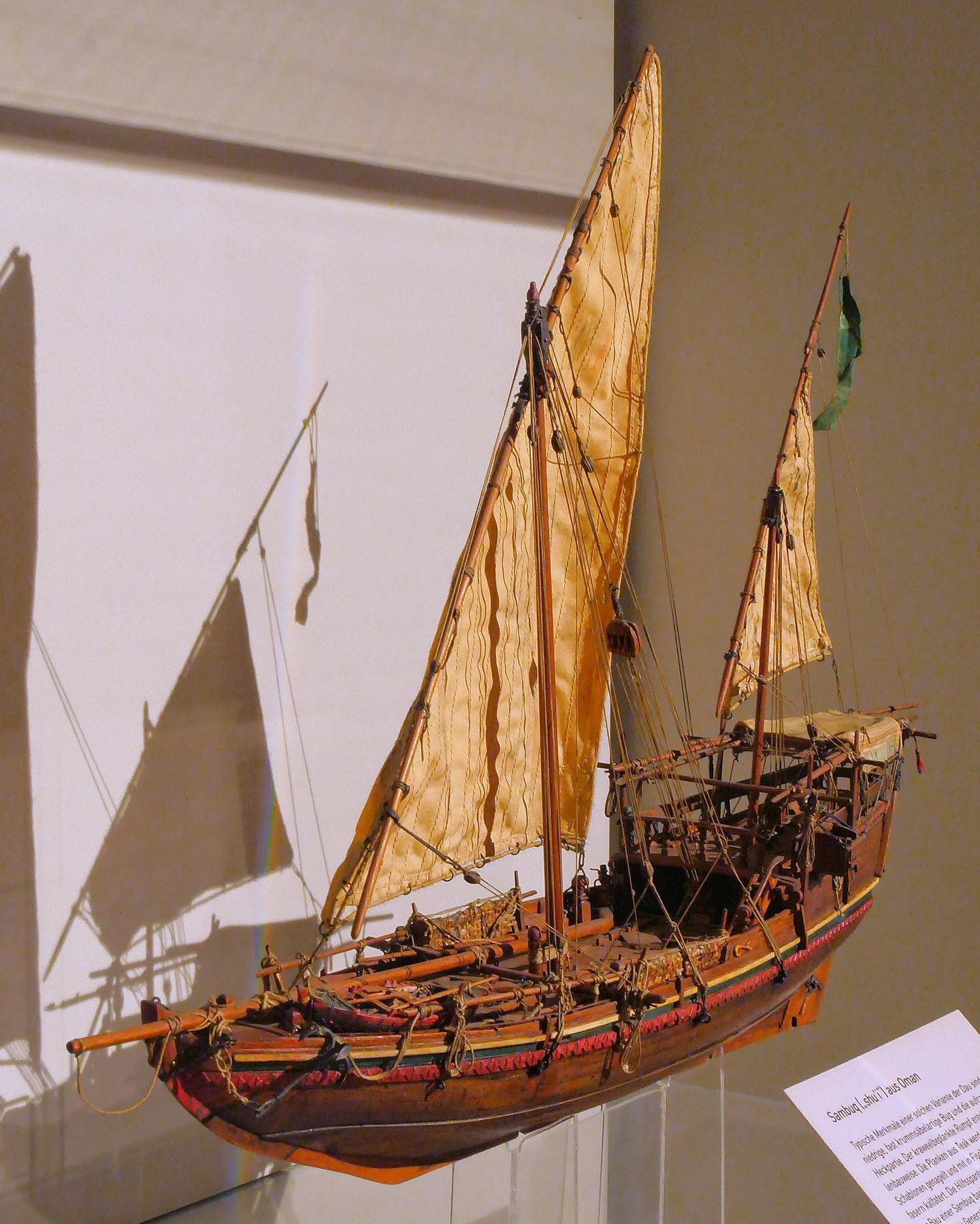
31 – Engineering
Audioguide:
Shipbuilding reflects the technical possibilities of an era. Even early reed boats or rafts were very efficient vehicles despite their, from today’s point of view, simple construction. Sturdy dugout canoes made from a single tree trunk appeared in Europe after the end of the Ice Age. The primitive-looking watercraft became more complex over time and facilitated the evolution from boat to ship.
The first written records of ship designs date from the late Middle Ages. In the Mediterranean, shipyards had been building ships using the frame construction method since the 7th century. Building a ship’s hull „on frame“ requires an exact design, in contrast to the traditional shell construction method, which always results in a similar hull shape. In frame construction, the ship’s skeleton is first created, which is then provided with a stable planking. What could be more obvious than to prepare this design with a drawing?
New scientific findings supported the planning. In the 17th century, ship designers were able to determine what they required of a ship by drawing. The dimensions of a ship’s hull were calculated. Plans and models enabled the standardised construction of ships or even entire fleets.
William Keltridge’s drawings, made in 1684, were a significant step towards the use of scientific methods in ship design. Keltridge’s sketches are among the first works to show the underwater lines of a ship’s hull.
32 – Construction
Audioguide:
The construction of a ship is preceded by the design and modelling. Since the middle of the 17th century, ship models have been an important aid to construction work, alongside drawings. The various stages of construction of the models on display in this room illustrate the anatomy of a wooden ship.
Ship designers and owners initially used simple block models to help their clients decide whether to build or rebuild a ship. Then wooden half-models, which could be produced quickly, were increasingly used. The hull shell, which can be used as a mirror image, not only saves work but also storage space in the shipyard archive.
In addition to half-models, artistically crafted ship models are also used as decorative showpieces. They serve shipbuilding companies as proof of their work. Shipping companies use these models for advertising purposes. Museums use them to document the history of shipping.
You will find a special treasure in this department in the form of a precious book. In the mid-18th century, the Swedish master shipbuilder Fredrik Henrik af Chapman revolutionised ship design. Chapman’s work, especially his main work „Architectura Navalis Mercatoria“, created the basis for scientifically and mathematically sound planning of ship hulls that is still valid today. The copperplate engravings reproduced in his book are not only characterised by exactness and artistry, but are also regarded as models of ship design.
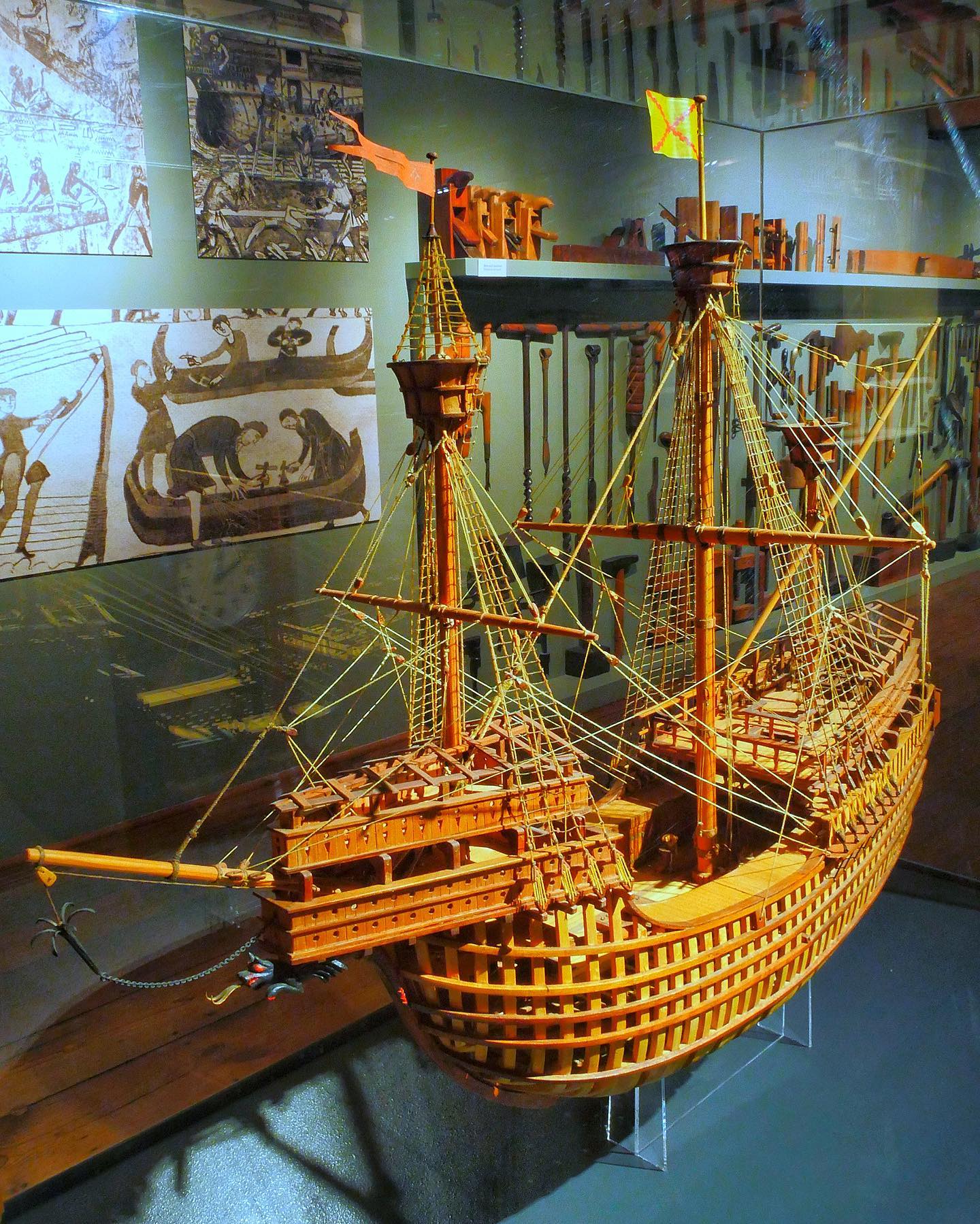
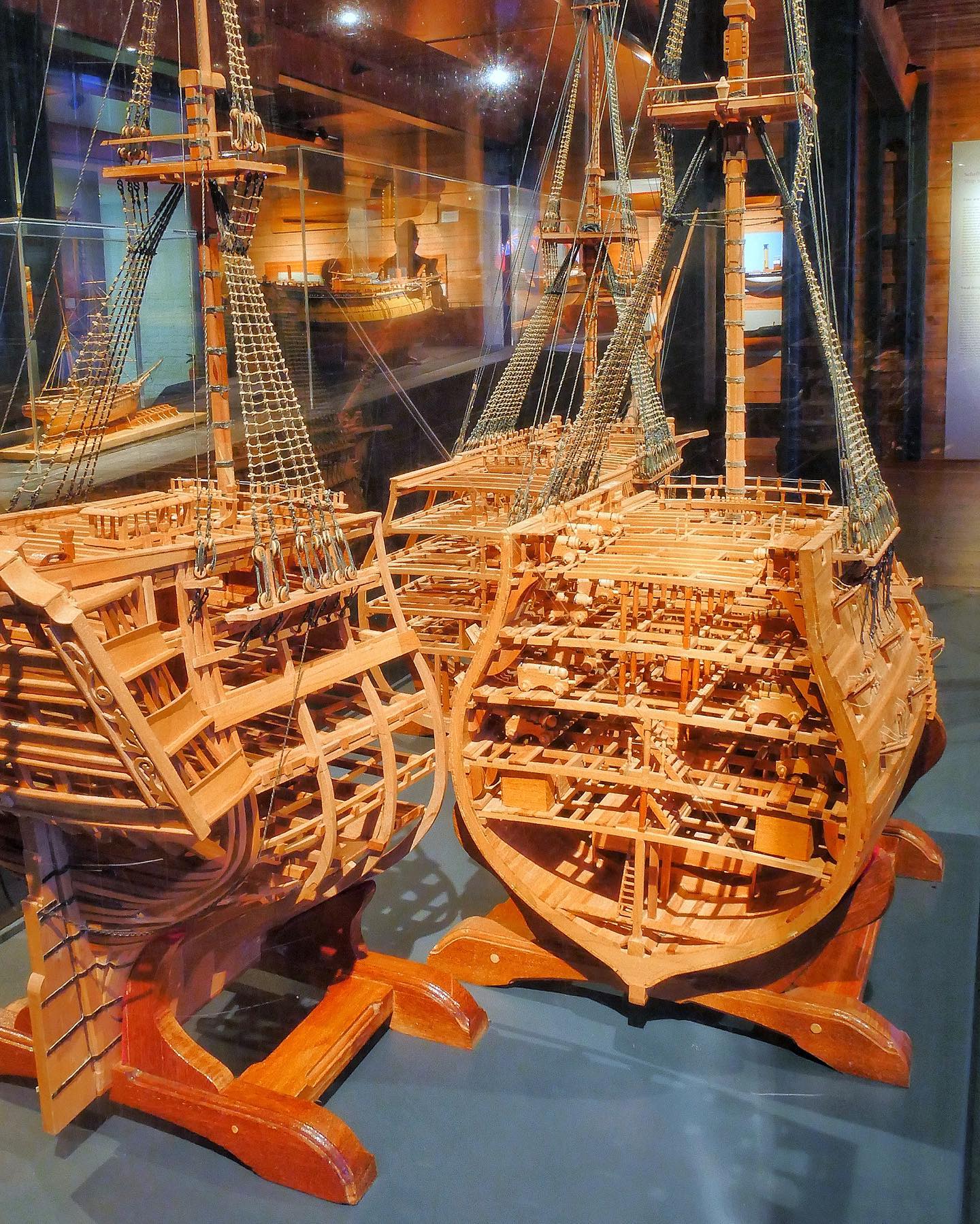
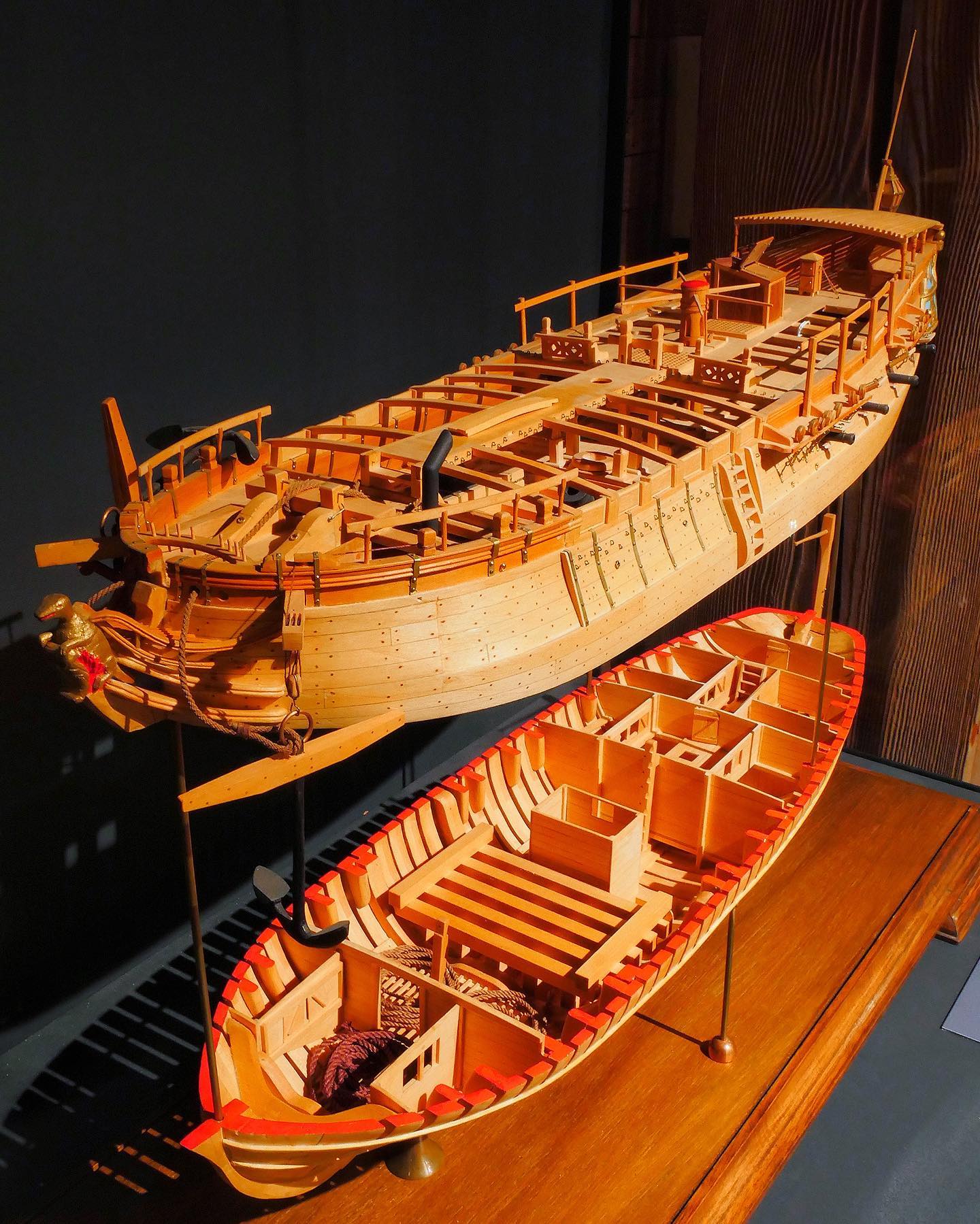
33 – Shipyard
Audioguide:
A shipyard is a company for the construction and repair of ships. The construction of a ship takes place on the so-called slipway.
For a long time, the complete ship was built on a slipway, from the keel to the flag head. However, the organisation of a shipyard has changed considerably in recent decades. The Second World War marked a turning point in the organisation of shipbuilding. A sudden increase in demand for merchant ships, for example, made rapid series production necessary. Building in sections, the so-called modules, proved to be groundbreaking. Today, shipyards build container ships or cruise liners exclusively in optimised modular construction. The modern shipyard acts as a kind of interface, coordinating and managing the work of a multitude of suppliers and outfitters.
Instead of carpentry, computer-controlled production dominates today. With the carpenters or the riveters, entire professions in shipbuilding disappeared. Skilled workers, engineers and designers have replaced the craftsmen of yesteryear.
Regulations and guidelines for the construction of ships are drawn up by classification societies such as Germanischer Lloyd in cooperation with the shipyards. At regular intervals, these societies check the technical condition of a ship from its construction to its scrapping. In this context, one sometimes also speaks of the „ship MOT“.
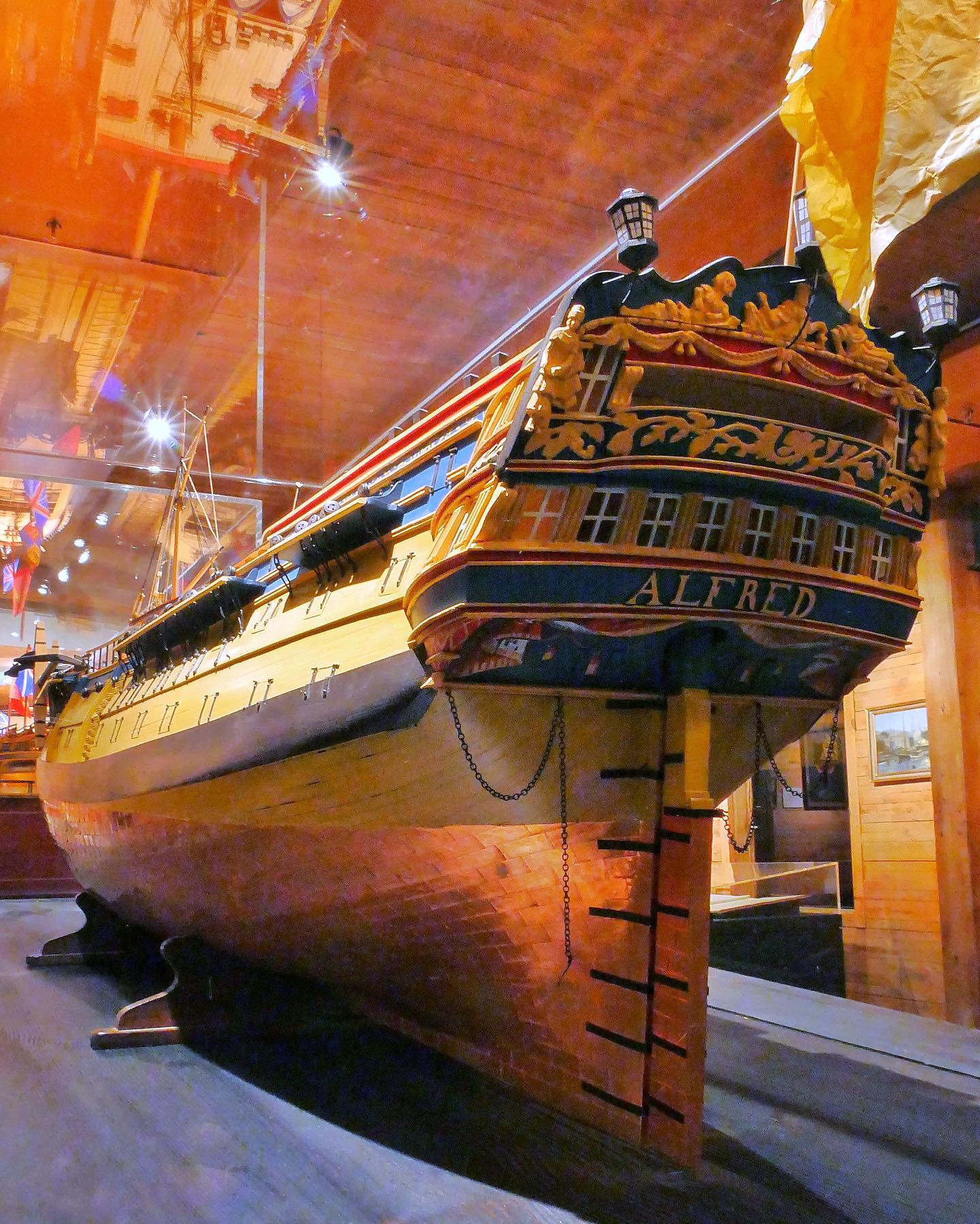
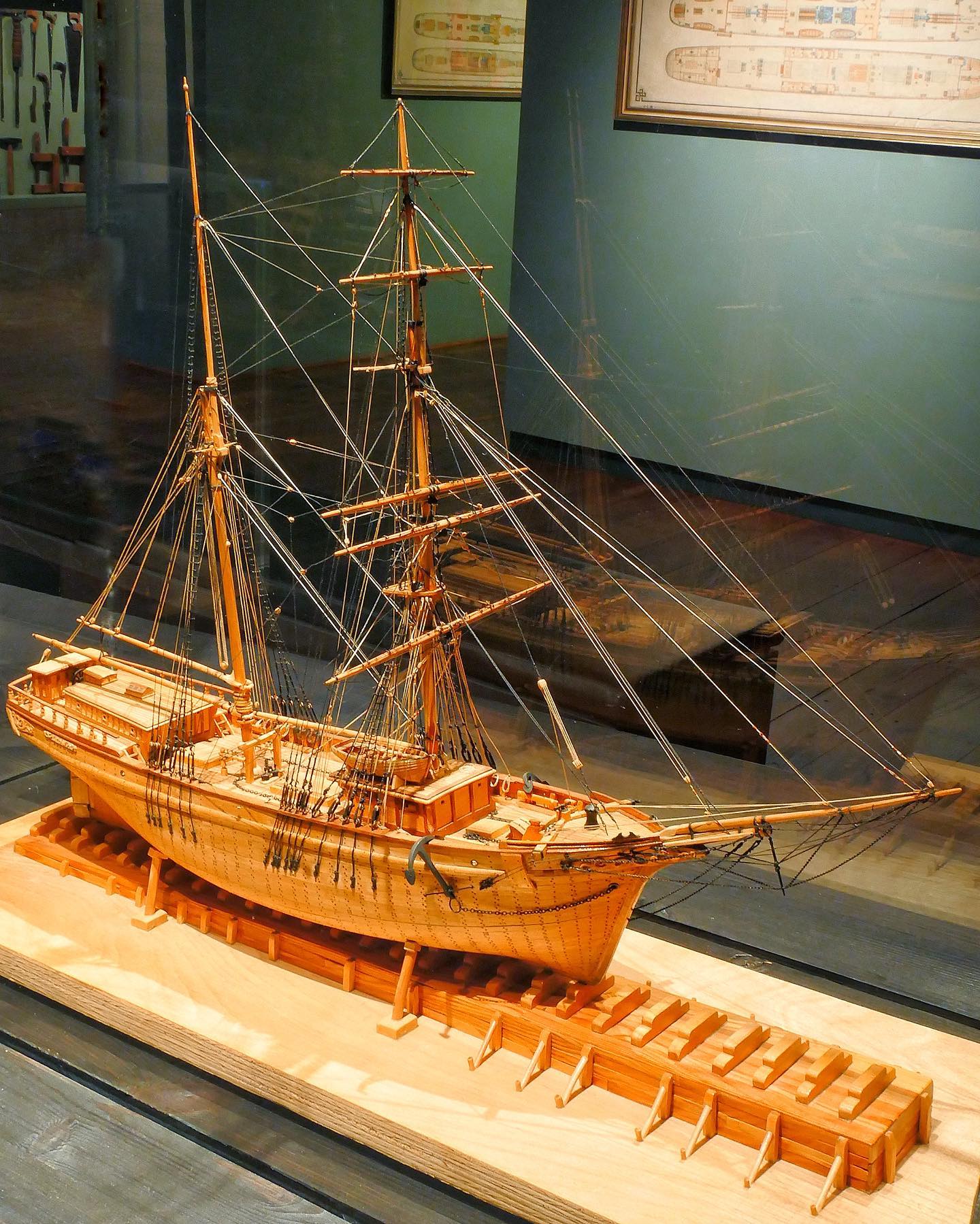
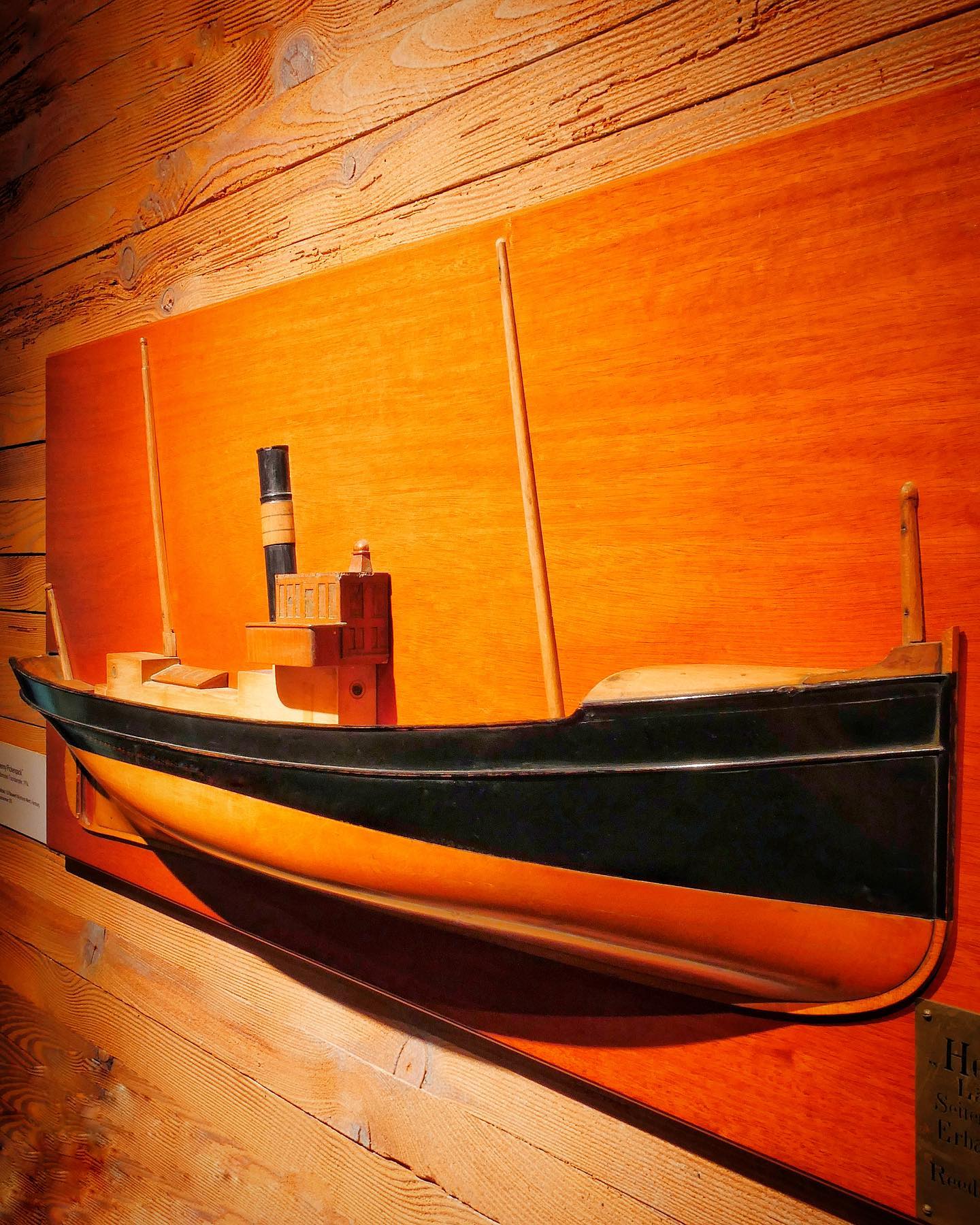
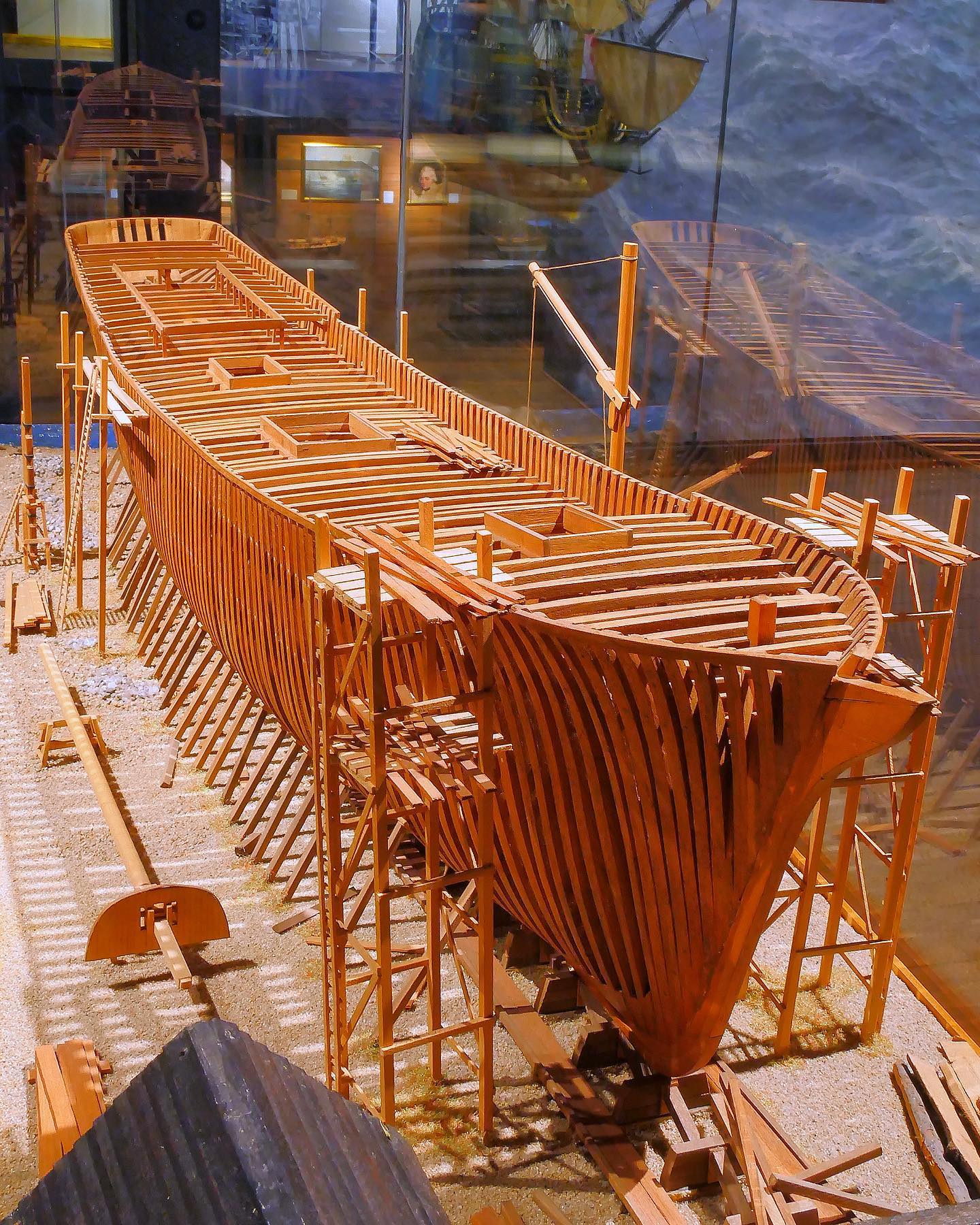
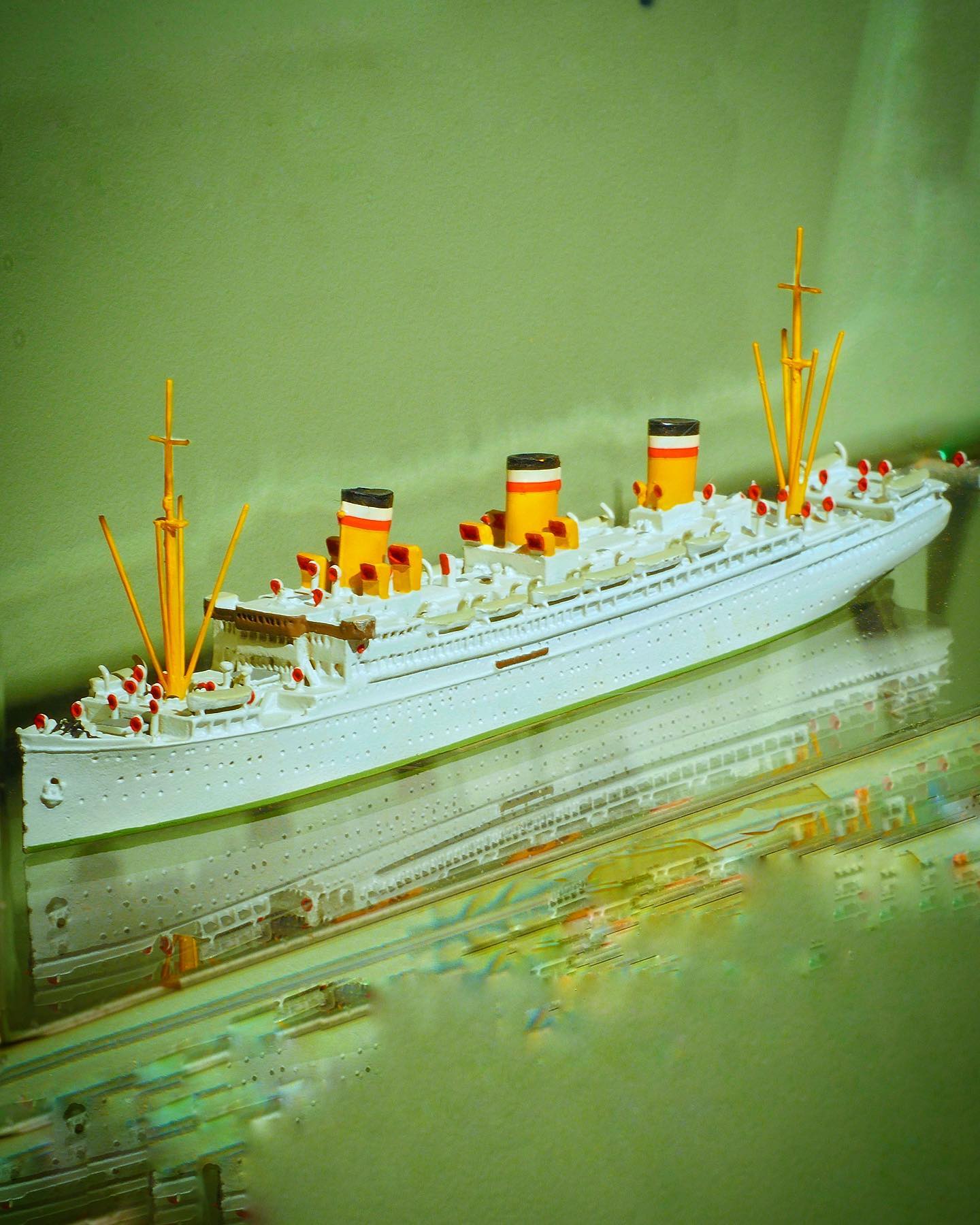
In other decks:
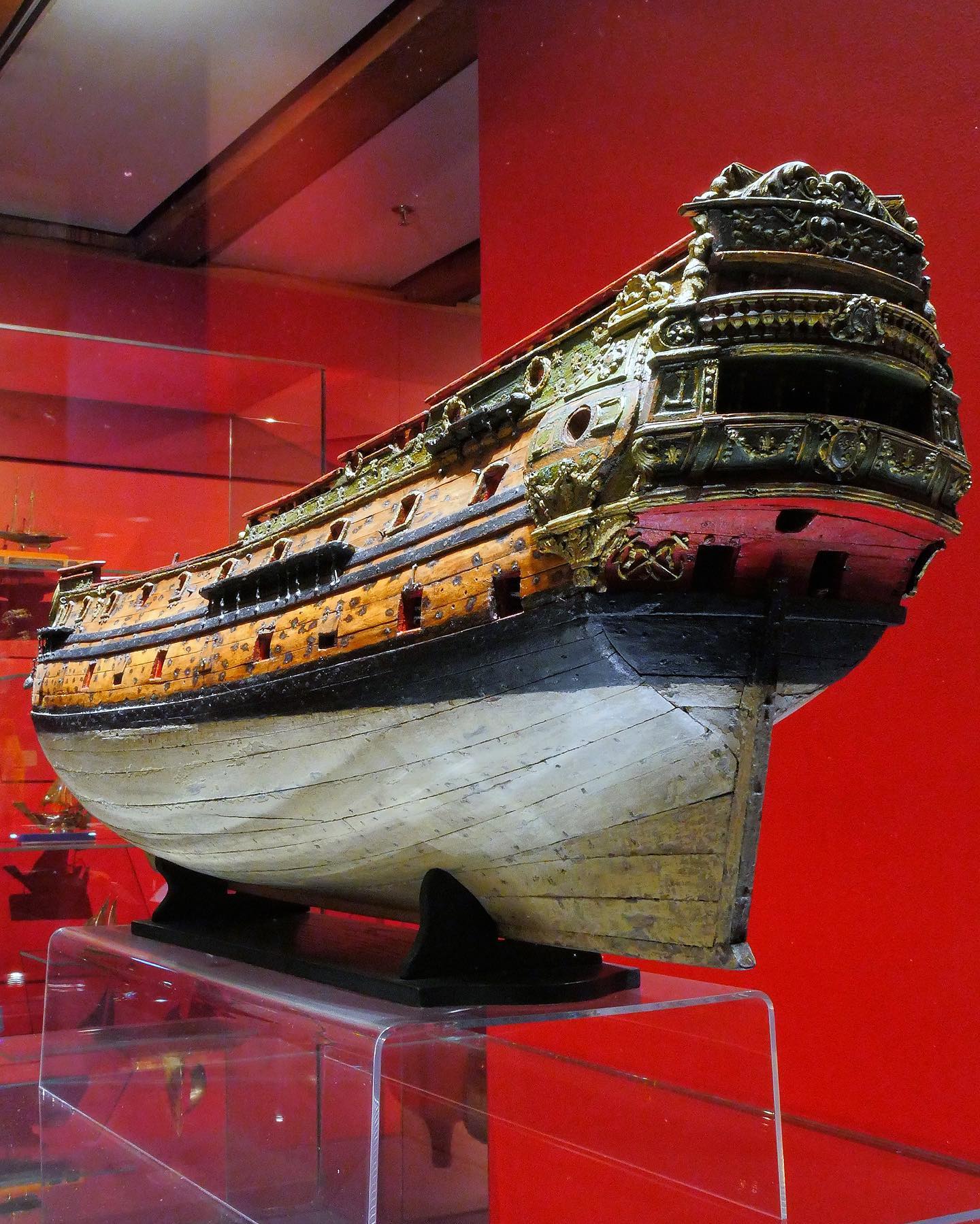
34 – Propulsion
Audioguide:
The triumph of the steam engine meant a groundbreaking innovation for shipbuilding. Until the middle of the 19th century, the power of the wind dominated ship propulsion. After that, powerful steamships increasingly replaced traditional sailing ships.
From then on, the planning, construction and use of a ship followed the requirements of the new propulsion engines.
The wheel of propulsion technology turned quickly: from the single-cylinder steam engine, the more economical compound engine was developed in the 1880s. It enabled the steam to expand several times and produced more steam power with less coal consumption. The model of one of the two quadruple expansion engines of the „Titanic“ from 1912 documents this high point in the development of piston steam engines.
And the next drive technology innovation was not long in coming. Powerful rotating turbines driven by steam replaced the piston engines on fast steamers and warships towards the end of the 19th century. Even the famous „Titanic“ already had a steam turbine in addition to two expansion engines.
35 – Ship Testing
Audioguide:
The Hamburg Shipbuilding Research Institute tests the technical properties of ships on behalf of shipyards and shipping companies. The specialised engineering office based in Hamburg-Barmbek has a number of sophisticated test facilities. The HSVA is considered one of the most important facilities of its kind in the world.
In the HSVA’s own carpenter’s workshop, scale ship hulls between seven and twelve metres long are initially manufactured. The production of the models is computer-aided. In the 300-metre-long towing tank, specialists carry out hydrodynamic tests on the models equipped with propellers and measuring instruments. The data obtained in the tests serve the client as a decision-making aid for the construction or conversion of a ship.
The propulsion performance of his ship is of particular relevance to the owner. To determine the behaviour of the vessel at sea, trips at different speeds and sea states are simulated in the HSVA’s towing tank.
The results of the test series provide information on the level of a ship’s fuel consumption. In addition, the Hamburg Shipbuilding Test Facility has a special ice tank. The test facility is used to obtain technical data on the behaviour of ice-breaking ships. Since recently, the HSVA has also had a facility for generating wave motions starting from the side. This makes the sea state simulation more realistic.
36 – The Diesel Engine
Audioguide:
The honour of having put the first seagoing diesel engine ship into service goes to the Danish shipyard Burmeister & Wain, which had started the revolution of the so-called „oil engine“ in commercial cargo shipping with the „Selandia“ in 1912. Kaiser Wilhelm II boarded the sister ship „Fionia“ during Kiel Week 1912 and had the Danish King Christian X telegraphed:
„I am on board the „Fionia“ and hasten to send you my congratulations on the excellent achievement of the Danish technicians. The ship represents a whole new stage in shipbuilding which deserves admiration.“
With the turbine in its numerous variants for fast ships and the diesel engine as an economically operating combustion engine, the two most important propulsion systems still used today had reached market maturity at the beginning of the 20th century.
Large cargo and container ships use so-called low-speed diesel engines. The speed range of these two-stroke engines is between 80 and 300 revolutions per minute. The Sulzer common-rail eight-cylinder engine from Wärtsilä shown here is one of the most modern marine diesel engines. The unit, with an output of about 45,000 kW, has electronically controlled fuel injection. Between Rudolf Diesel’s first heat engine based on compression compression ignition in 1897 and today’s high-tech drives in engine construction, there is a gap of just 100 years.
In addition to the main engines for ship propulsion, there are other machines and pump systems on board. Auxiliary marine machinery supports the propulsion engines, takes over power generation or serves the general operation of the ship, for example during loading or unloading.

